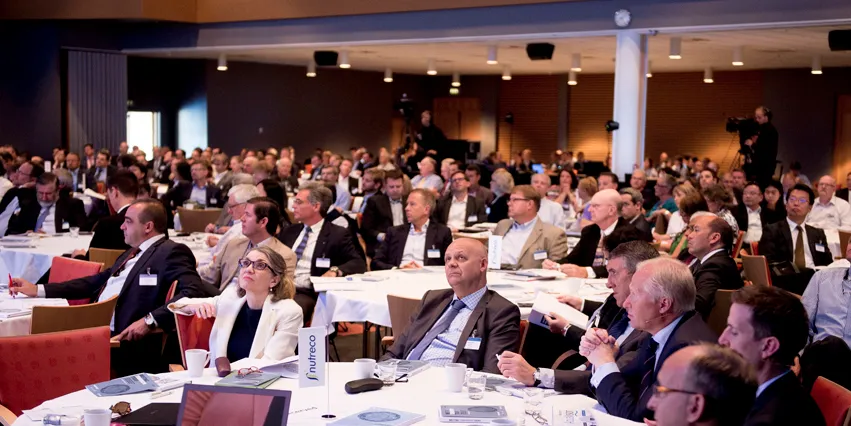AquaVision 2014 blog: Is aquaculture's future land-based and offshore?
IntraFish reports from the 10th World Aquaculture Business Conference as a who's who of the aquaculture industry -- and Sir Bob Geldof -- descends on sunny Stavanger in Norway.

IntraFish reports from the 10th World Aquaculture Business Conference as a who's who of the aquaculture industry -- and Sir Bob Geldof -- descends on sunny Stavanger in Norway.
